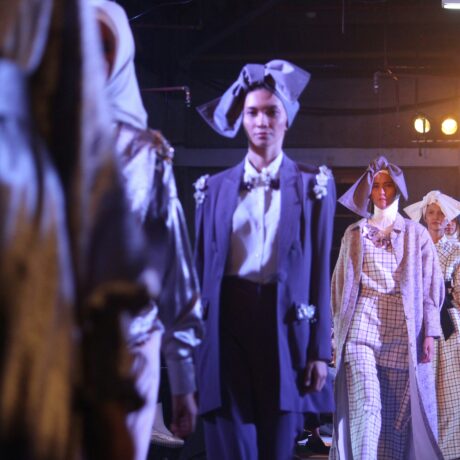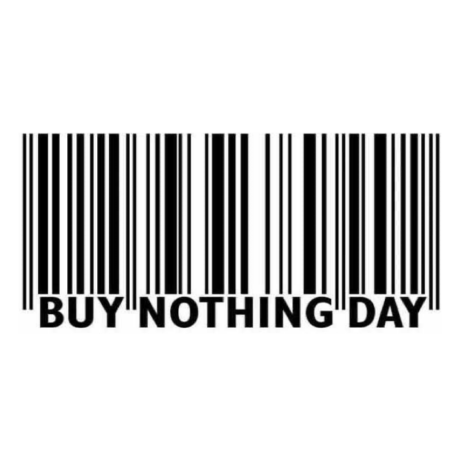Total ethics fashion: bringing the planet, people and animals together
This is a guest post by Emma Hakansson, founding director of Collective Fashion Justice
Terms like ‘ethical fashion’, ‘fair fashion’, ‘vegan fashion’, ‘sustainable fashion’, ‘cruelty free fashion’ and ‘eco-friendly fashion’ have become increasingly overused and misused. The vision that they represent is important – who wouldn’t want a fair, sustainable and cruelty free fashion industry – but these terms get thrown around so often that they’ve begun to lose their meaning. They’ve been transformed into marketing terms, sometimes used disingenuously, other times, with the best of intentions, but in ways that don’t quite make sense, or represent the true values these words ought to reflect. For example:
- ‘Sustainable’ clothes made from less environmentally impactful materials, but which sustain injustice against garment workers paid poverty wages
- ‘Ethical’ knitwear made by people treated and paid fairly, but from materials derived from the objectification, exploitation, mutilation and slaughter of animals
- ‘Vegan’ bags which are free from slaughter-based supply chains, but which cause environmental and human harms.
In response to the increasing inconsistency of use we’re seeing with these words, and the natural development of language over time – to become more specific, more intentional – I coined the term ‘total ethics fashion’. A total ethics fashion system prioritises the life and wellbeing of people, animals and the planet before profit. It doesn’t accept the protection of some at the expense of others, or a sterile definition of environmental protection which ignores the lives of those who live on this planet, whether human or non-human.
Total ethics fashion looks a little like this:
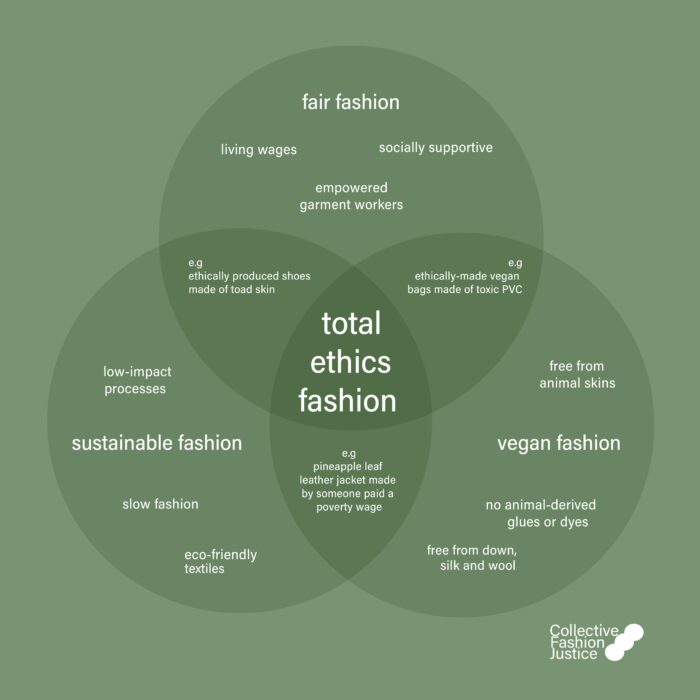
By dedicating ourselves to total ethics fashion, we recognise that sustainability and ethics cannot be totally met when we do not consider the planet, people and animals all at once – even if we are considering any two of these groups at once. It is a more holistic, collective approach to fashion and to justice.
Put more simply, total ethics fashion is the convergence of care for the planet and all those who live on it. It asks that fashion value the planet, humans and animals, prioritising them before profit and ‘business as normal’ production.
This is what total ethics fashion looks like more simply:
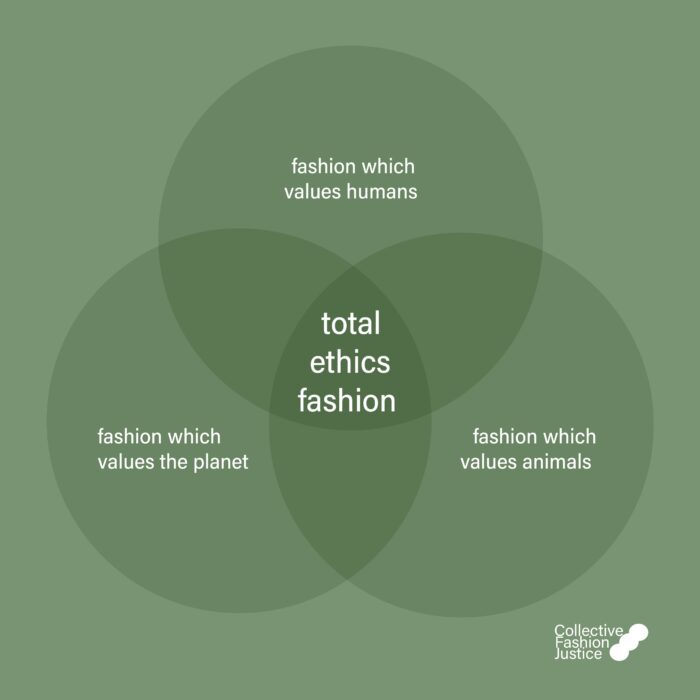
But even this diagram doesn’t quite reflect how total ethics fashion really looks. Two of these circles should really be one, because though we tend to forget it, humans are animals too.
We humans are just 0.01% of all life on Earth, and just 2.5% of animal biomass. These numbers are mind boggling, helping us to realise that while we’ve built a system which puts us above everyone else (with a clear and oppressive hierarchy amongst us humans, too), we’re a part of an intricate web of life.
As such, fashion needs to put all animals and their lives before profit, with humans being one of many, many animal species on the planet. Today, fashion exploits humans – paying poverty wages, forcing labour, and denying safe, comfortable working conditions to so many people. Fashion also exploits other animals, both those we have domesticated and controlled, and those who live freely in the wilderness – until they are captured, confined and killed.
This extension of ethical consideration beyond the boundary of our human species is critically important, because, as outlined in the Cambridge Declaration on Consciousness:
“The absence of a neocortex does not appear to preclude an organism from experiencing affective states. Convergent evidence indicates that non-human animals have the neuroanatomical, neurochemical, and neurophysiological substrates of conscious states along with the capacity to exhibit intentional behaviours.
Consequently, the weight of evidence indicates that humans are not unique in possessing the neurological substrates that generate consciousness.”
Our fellow animals feel joy, comfort, pain and fear just as we do – our similarities far greater than our differences. As such, fashion supply chains working to treat all animals – humans and those beyond us – with respect, ought not to harm, commodify, deny consent, exploit or slaughter individuals.
So now, in recognising our animality, our diagram of total ethics fashion looks like this:
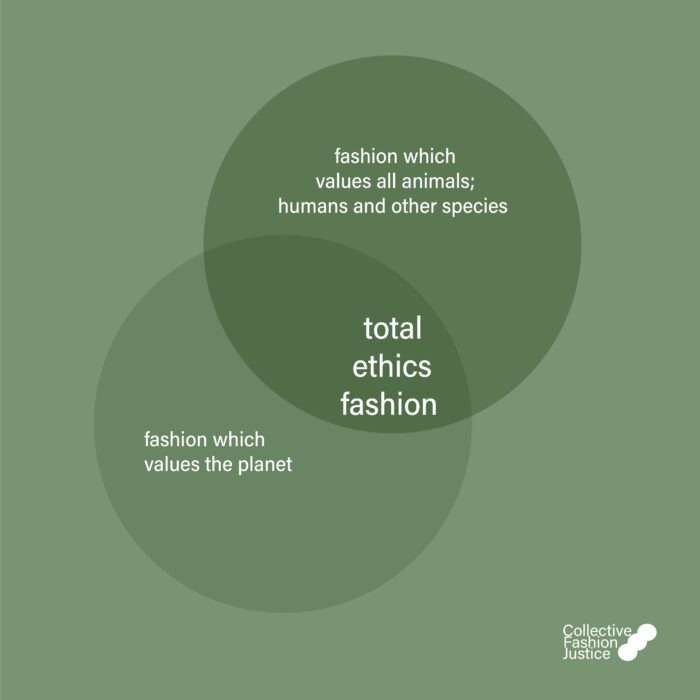
But again, we have one too many circles. And our commitment to ‘fashion which values the planet’ should really be redefined to ‘fashion which protects nature’. Sometimes, when we talk about ‘the planet’, it can be easy to forget what we mean by that, what we are protecting on that planet: the natural world.
It is nature which we must protect: biodiversity, rich ecosystems full of life, abundance and complexity. Importantly, we and our fellow animals are not separate from this. Indigenous people have known and urged us to remember this for so long – it’s time for us to listen.
The separation of ‘nature’ from ‘humans’ has led to the destruction of said nature, just as the separation of ‘humans’ from ‘animals’ has led to the industrialised mass cruelty and killing of so many species. And our harm of nature harms us all; causing species extinction and endangerment, habitat destruction, and a climate crisis which is impacting non-humans and those people who have contributed the least to global warming the most, first.
So, when we get the root of it, this is what total ethics fashion looks like:
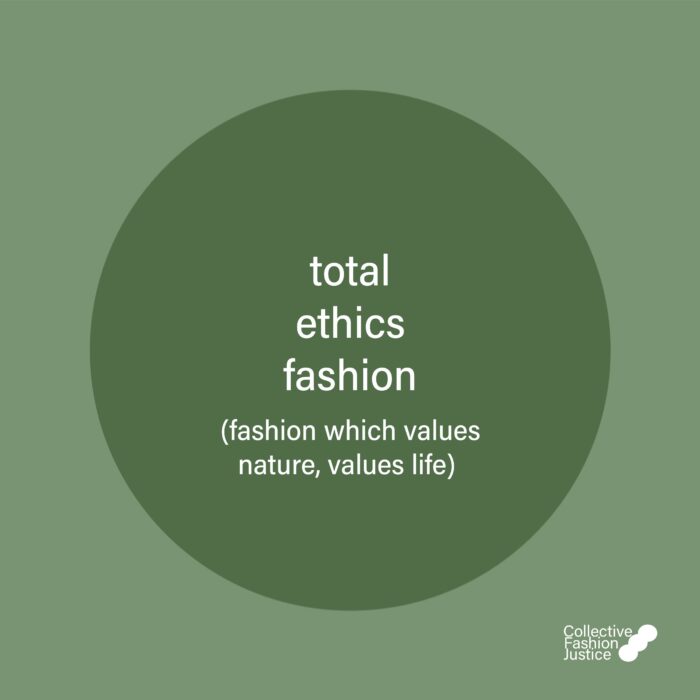
Fashion which values and works to protect nature, which values all life, must minimise its harm towards it by:
- Using efficient materials and systems which do not pillage, pollute or heat the planet so significantly
- Embracing degrowth and circularity
- Ensuring good working conditions and living wages
- Protecting all communities, regardless of species from environmental harm tied to fashion
- Allowing ‘wildlife’ to remain wild, by not farming or slaughtering them
- Recognising the way we have skewed nature by domesticating animals for the purpose of objectifying, harming and killing them, transitioning beyond this
We can all be involved in the creation of a total ethics fashion system – and you don’t need to buy any clothes to do so:
- Learning more from Collective Fashion Justice and our total ethics fashion primer, which explores some of the fashion supply chains most harming humans, other animals and the planet, is one way.
- Watching SLAY, a documentary which explores three such supply chains, producing fur, leather and wool, is another important way – which also can lead you to be involved in the film’s campaign and calls to action.
- As Fashion Revolution so importantly reminds us, we can make great change in the fashion industry by asking questions, demanding transparency, and ultimately, accountability and change from brands.
Further Reading
Slow down and scale back: Degrowth in the fashion industry
Healing Mother Earth, healing ourselves
Repair, regenerate, and reimagine: A new approach to climate justice




